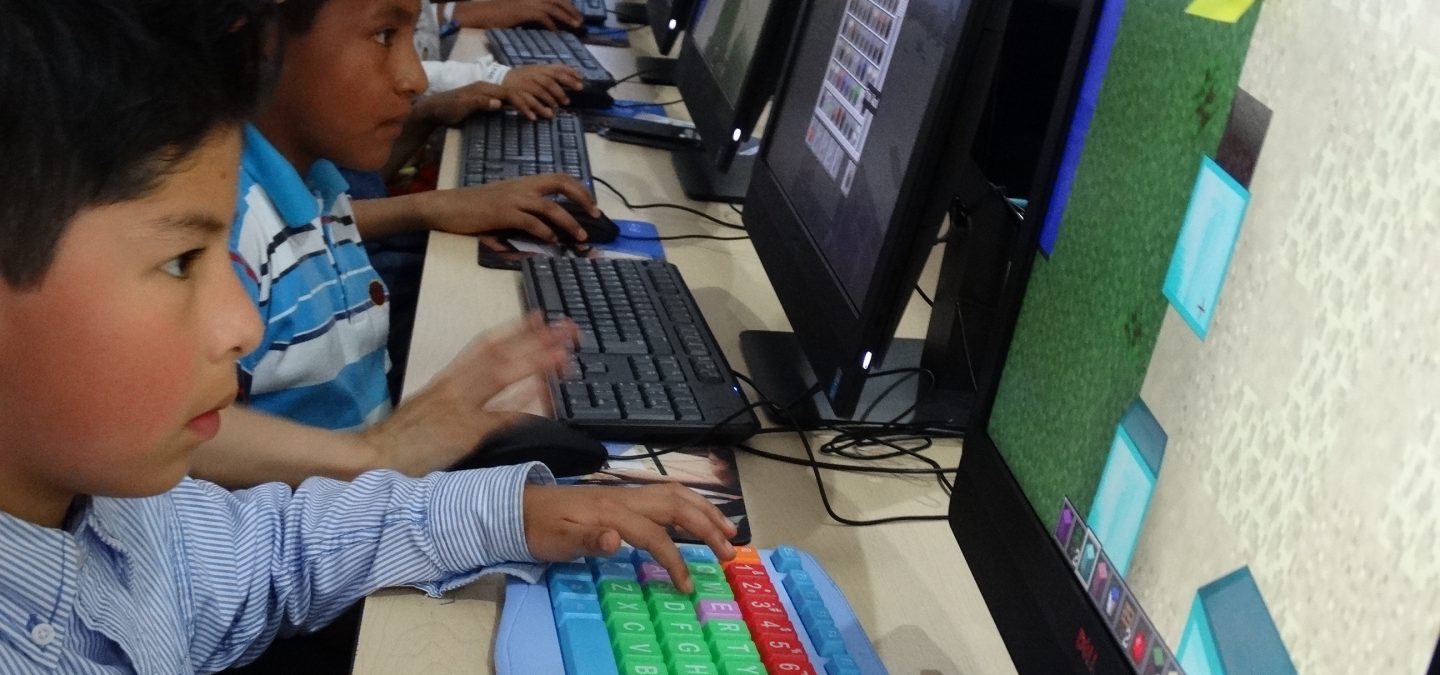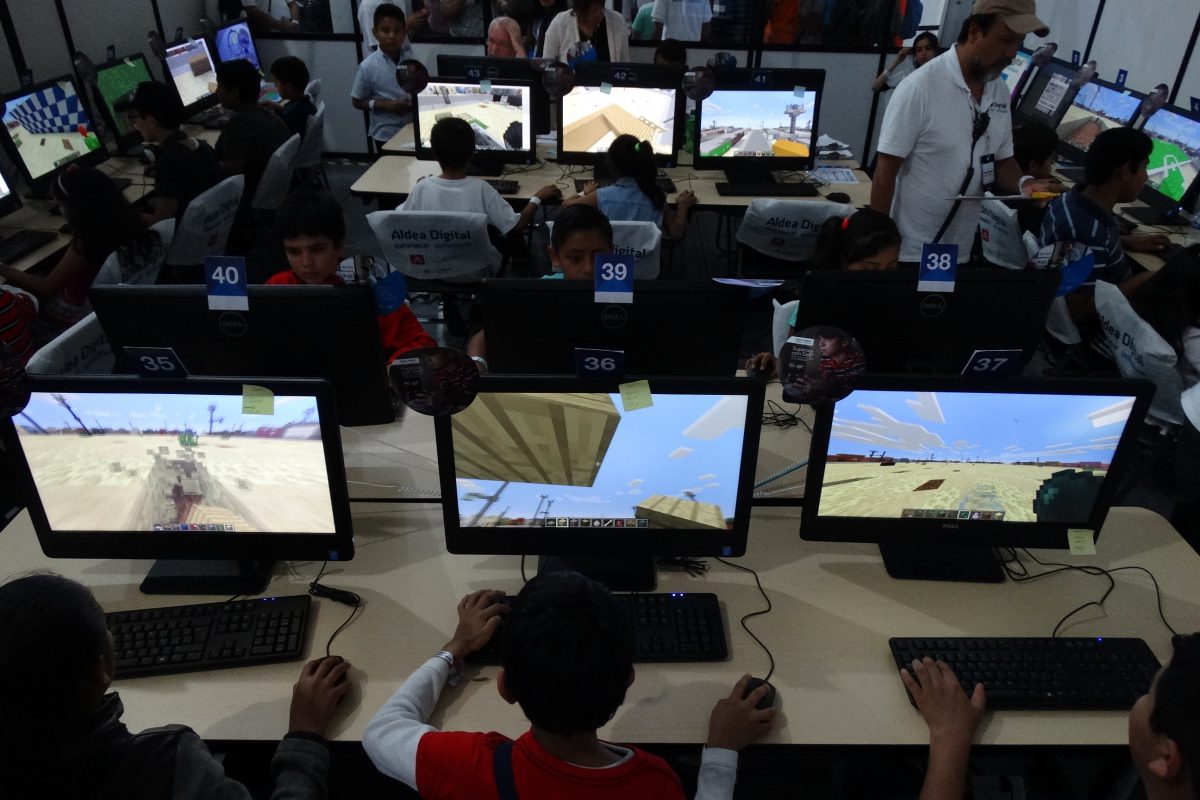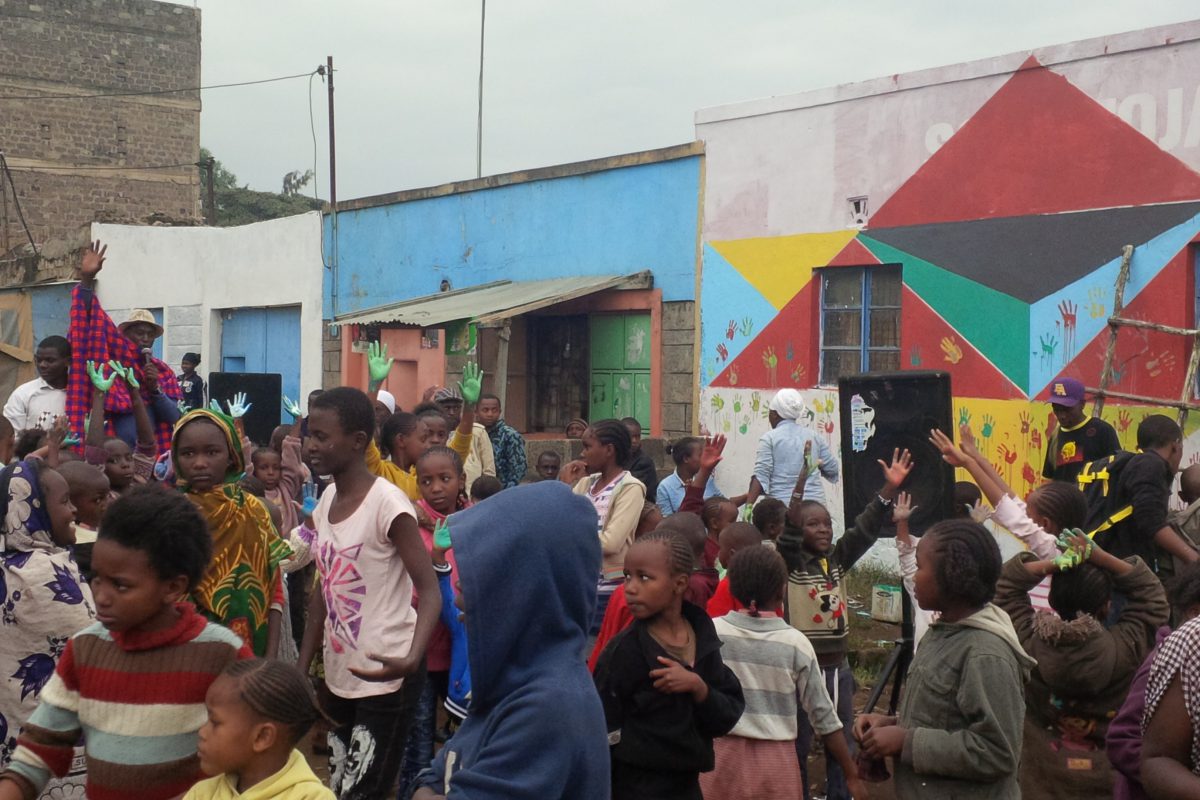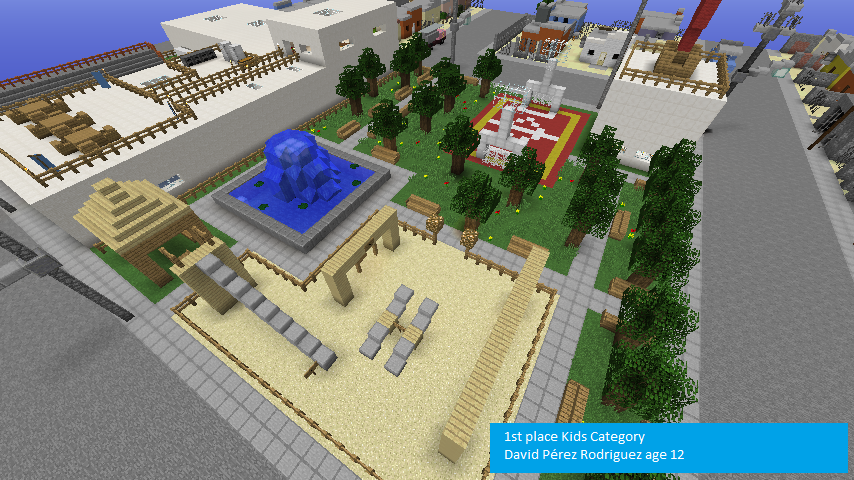
Keep up with our latest news and projects!

Access to well-designed and pleasant public spaces is essential for cities to prosper (UN-Habitat, 2016). This is particularly true for those citizens – including, for example, the elderly, youth and children or whose individual living circumstances, such as the home and its immediate surroundings, are lacking in quality and comfort, or who are in special need of decent streets and communal spaces for health, recreation and socialisation. Improving access to good public spaces, particularly for less favoured and more vulnerable urban residents is a powerful tool to improve equity in the city and combat discrimination. Participation is key to engage city dwellers to improve urban conditions in human settlements.
In 2011, UN-Habitat was mandated by member states to work on public space, including developing public space policy, knowledge dissemination and directly assisting cities to improve public space globally. The Global Public Space Programme and Block by Block are supporting cities to achieve these objectives. The UN-Habitat’s Global Public Space Programme1 is organized around three main areas: partnership & networking, city-wide strategies & pilot/demonstration projects and Knowledge management, advocacy & tools (UN-Habitat, 2016). Block by Block2 is an innovative partnership between UN-Habitat and Block by Block Foundation3, in which Minecraft is used as a community participation tool in the design of public spaces.
The video game Minecraft has been used to engage children and youth in city planning. The creative and building aspects of Minecraft allow players to build structures out of textured cubes in a three-dimensional computer-generated world. UN-Habitat’s experience using Minecraft as a community participation tool for public space design shows that providing children with ICT tools can promote improved civic engagement.
Minecraft has been shown to be a useful tool in engaging young people in the design of public space projects. As part of the public space implementation process, participatory planning workshops are held with local children and youth where they can provide input into the design and eventual implementation and management of the spaces. By using Minecraft in this way, young people are given the confidence to make urban professionals and policymakers listen to their ideas for improving the city.
To date, community participation workshops with Minecraft have been held in 20 different countries among them, Haiti, India, Kenya, Mexico, Nepal, Nigeria, Somalia, Peru, Philippines, China and Bangladesh. The projects implemented so far show that using Minecraft adds value to community participation processes. Power relationships are changed, communities are engaged in new ways and the process presents great opportunities to engage hard-to-reach groups, particularly young people.
 Children building Minecraft Model in Aldea Digital
Children building Minecraft Model in Aldea Digital
Dandora is a “site and services”4 low-income planned neighbourhood in Eastern Nairobi established in 1977. Due to the proximity to a dump-site and lack of proper basic services, environmental degradation is high. UN-Habitat and “Making cities together”5 partnered to improve Dandora’s public spaces with placemaking approach. Participatory design workshops using Minecraft were held with the participation of children and youth (around 40% of participants). Despite the fact that it was the first time for many participants to use a computer, they managed to proposed their ideas to improve public space design and management. Thereafter, the technical design was developed based on the workshop ideas. During the implementation, building parties with the engagement of the community, particularly children and youth groups, improved the street conditions, through walls painting, tree planting and sewage cleaning.
 Building Party event in Dandora
Building Party event in Dandora
Aldea Digital6 is a technological fair promoted by Telmex-Carlos Slim foundation which aims to reduce the digital gap in Mexico. The general public has access to free workshops, conferences and training. Between 2014 to 2016, around 16,000 children and teenagers, provided ideas to improve public space design in Mexico. In 2014, participants were asked to redesign Plaza Tlaxcoaque in Mexico City in order to improve safety & security, playfulness and sociability. In 2015, the challenge was to provide ideas to improve a park in Iztapalpa, which has the highest rates of rape, violence against women, and domestic violence in Mexico City. In 2016, the Minecraft workshop was recognized by the Guinness World Record for the “Largest building tournament on a sandbox videogame” with children and teenagers designing a public space. The children and youth provided ideas to redesign a park in the border city of Mexicali, Baja California.
 Minecraft Model produced by David Perez (12 years old)
Minecraft Model produced by David Perez (12 years old)
Wuhan is the provincial capital of the Hubei province in China. The city has many lakes and parks, however rapid population growth and economic development pressures, have brought social and environmental problems. Two Minecraft workshops were held in partnership with Wuhan Land Use and Urban Spatial Planning Research Center (WLSP). Local residents provided their ideas to improve public space surrounding East lake and Eryao road. For the first time, local residents, particularly the elderly and children were able to provide their views to revitalise public spaces in their neighbourhoods allowing dialogue between local government and the community. For instance, both groups suggested improved environmental conditions through more vegetation. As a result, government officials realised the importance to engage children and elders on Public Space Design to improve interventions and ensure the sustainability of the project.
Public participation methodologies are key for successful child-friendly spaces. Observations from Minecraft workshops indicate that using technology as a tool for participatory urban design can be a powerful tool to include non-traditional stakeholders (UN-Habitat, 2015), particularly children. Some of the benefits of participatory design using Minecraft are improvement in the dialogue between children and technicians, it is easier to understand three-dimensional Minecraft models than two- dimensional plans, produce visible results immediately and children are motivated to participate in the design workshop. Minecraft proves to be a good tool to engage children in public spaces design and increase the awareness of children about their urban environments.
This article belongs to a series of stories about the city at eye level for kids! You can access the full book online in PDF or pre-order your hardcopy to be delivered to your home.
Get your book here1. More information: https://unhabitat.org/urban- initiatives/initiatives-programmes/global-public- space-programme
2. More information: https://blockbyblock.org/
3. Block by Block Foundation is a new foundation set up by Mojang and Microsoft to ensure sustainable funding for global public space implementation and advocacy. The Foundation supports the UN-Habitat’s Global Public Space Programme.
4. Sites and services projects are government-sponsored packages of shelter related services, which range from a minimal level of “surveyed plot” to an intermediate level of “serviced sites” to an upper level of “core housing” complete with utilities and access to community-based services. (Mayo & Gross)
5. Led by Placemakers in collaboration with Dandora Transformation League and Kuwa.
6. More information: http://aldeadigitalmx.com
– Mayo, S. K., & Gross, D. J. (n.d.). The World Bank Economic Review. Retrieved March 04, 2018, from World Bank: http://documents.worldbank.org/curated/en/346621468739310982/pdf/multi-page.pdf
– UN-Habitat. (2015). Using Minecraft for Youth Participation in Urban Design and Governance. Nairobi: UN-Habitat.
– UN-Habitat. (2016). Global Public Space Programme- Annual Report 2015. Nairobi: UN-Habitat.
– UN-Habitat. (2016). Global Public Space Toolkit, From Global Principles to Local Policies and Practice. Nairobi: UN-Habitat.